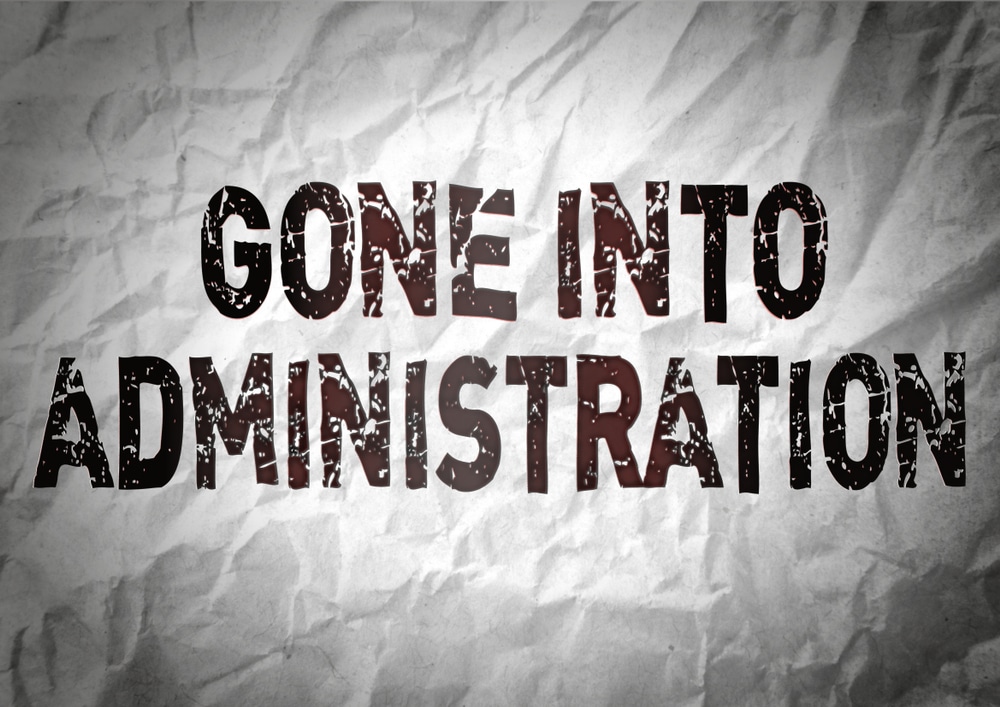In-Depth Overview to Company Administration: Effects When a Company Goes into Liquidation
In-Depth Overview to Company Administration: Effects When a Company Goes into Liquidation
Blog Article
Exploring the Impact of an Organization Entering Into Administration

Immediate Influence On Workflow
When a company goes into management, the instant influence on its operations can be significant, influencing numerous elements of its functioning. One of the main repercussions is the disruption in everyday tasks. With uncertainty bordering the future of the firm, workers may experience distress, resulting in lowered performance and motivation. Additionally, partners and distributors may become reluctant to involve with business, influencing the supply chain and possibly triggering delays or scarcities in necessary resources.
Economically, the firm may face limitations on its investing and investment decisions, as managers take control to analyze the situation and establish the best strategy. This can lead to capital obstacles, making it difficult to satisfy commitments such as paying wages or working out billings without delay - what does it mean to go into administration. In addition, the reputation of the company might experience, as information of management spreads, possibly resulting in a loss of consumer trust fund and commitment
Financial Ramifications for Stakeholders
The immediate functional challenges dealt with by an organization entering management have considerable economic ramifications for stakeholders included in the firm's affairs. On the various other hand, customers may additionally be impacted by an organization going into administration, dealing with disruptions in solution, service warranty issues, or the loss of pre-paid solutions or deposits. These economic ramifications highlight the surge result that a company entering administration can have on numerous stakeholders, emphasizing the value of aggressive risk management and calculated preparation.
Lawful Obligations and Duties
When an organization gets in management,Navigating the elaborate web of legal obligations and responsibilities is an important venture for all events included. The managers selected to look after the process have a responsibility to act in the best rate of interests of the lenders. They have to abide by lawful needs, such as preparing reports on the firm's monetary situation and performing meetings with financial institutions to discuss the administration procedure.
Staff members also have legal rights that must be upheld throughout management. Depending upon the circumstances, they might be entitled to redundancy pay, notice pay, and various other advantages. It is necessary for administrators to follow employment laws and ensure that staff members are treated fairly throughout the procedure.
Lenders play a considerable function in administration too. They have the right to be educated concerning the business's economic condition, attend financial institutions' meetings, and ballot on crucial decisions. Administrators must interact transparently with creditors and stick to legal methods to protect their interests.
Possible for Company Restructuring
In the world of service management, checking out the possibility for restructuring holds considerable guarantee for revitalizing a battling company. When an organization faces economic distress or operational difficulties, reorganizing provides a critical method to resolve underlying issues and place the company for future success. By reflecting on the business structure, operational procedures, and economic techniques, an organization can apply changes that enhance performance, decrease prices, and boost overall performance.
One key aspect of company restructuring is recognizing and resolving ineffectiveness within the organization. This may include improving processes, reapportioning resources, or reevaluating the product and services offering to better line up with market needs. In addition, restructuring can involve renegotiating contracts, debt my latest blog post responsibilities, or lease contracts to improve capital and minimize monetary stress.
In addition, reorganizing gives an opportunity to evaluate leadership functions, obligations, and decision-making processes to guarantee efficient governance and responsibility. By carrying out a well-balanced restructuring strategy, a service can navigate challenging times and emerge stronger and extra resistant in the open market landscape.

Effects for Market and Market
Considering the broader ramifications for industry and market characteristics, it ends up being evident that an organization undertaking restructuring can activate causal sequences that resound throughout the competitive landscape. When a firm enters into administration, it can cause increased competitors as other companies seek to fill up deep space left by the battling company. This intense competition can cause rate wars, technology drives, or mergers and purchases as firms scramble for market share.
Moreover, the collapse of a service can also affect distributors and partners within the sector - company administration uk. Suppliers might encounter informative post payment delays or perhaps defaults, influencing their very own financial stability. Collaborations that were reliant on the now-struggling business may need to be reassessed or renegotiated, causing more disruptions out there community
Final Thought

When an organization goes into management, the instant influence on its operations can be substantial, affecting various elements of its functioning.The instant functional challenges encountered by a business going into management have significant monetary ramifications for stakeholders entailed in the company's events (what happens to employees when a company goes into liquidation). These economic ramifications highlight the ripple impact that a business going into management can have on numerous stakeholders, underscoring the significance of aggressive threat management and calculated preparation
When a company goes into management, it can lead to raised competition as other firms seek to fill up the gap left by the struggling organization.In verdict, the impact of a company going into management is considerable, influencing procedures, funds, lawful commitments, and possibly leading to restructuring.
Report this page